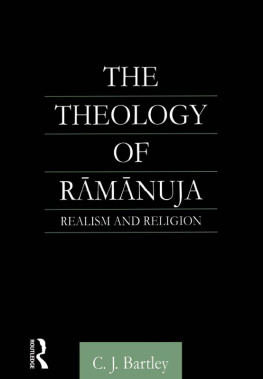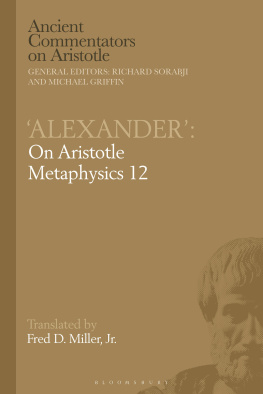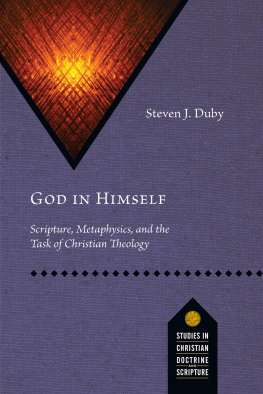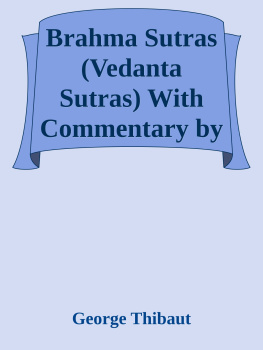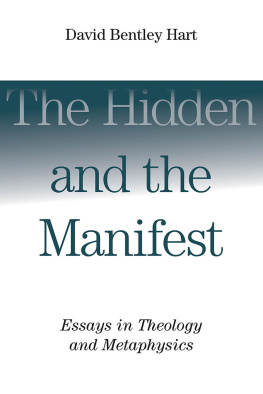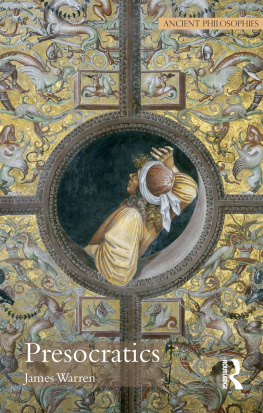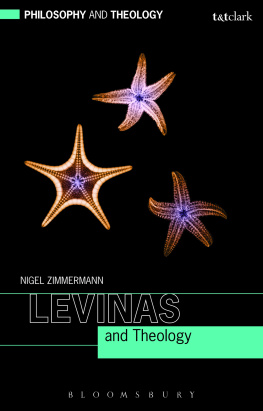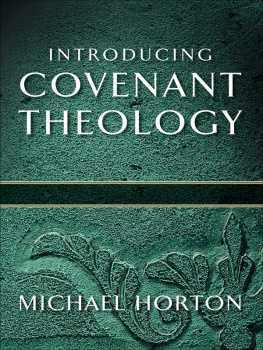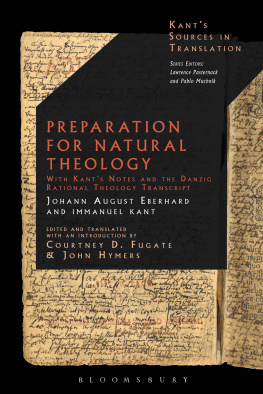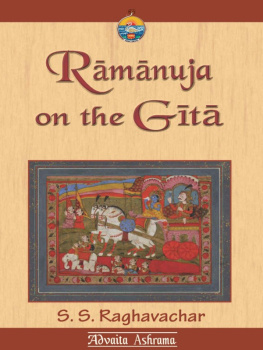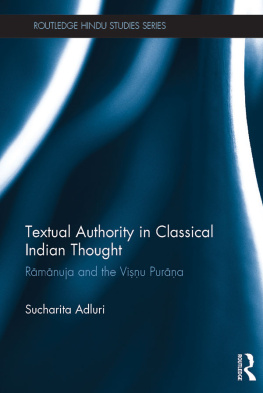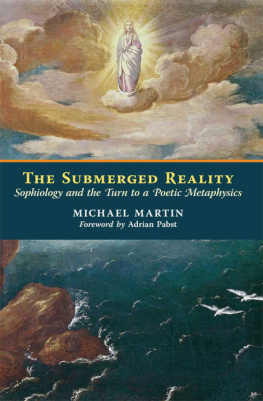THE THEOLOGY OF RMNUJA
THE THEOLOGY OF RMNUJA
Realism and Religion
C.J. Bartley

First published 2002 by Routledge Curzon
This edition published 2013 by Routledge
2 Park Square, Milton Park, Abingdon, Oxon, OX14 4RN
Simultaneously published in the USA and Canada
by Routledge
711 Third Avenue, New York NY 10017
Routledge is an imprint of the Taylor & Francis Group
2002 C.J. Bartley
Typeset in Sabon by LaserScript Ltd, Mitcham, Surrey
All rights reserved. No part of this book may be reprinted or reproduced or utilised in any form or by any electronic, mechanical, or other means, now known or hereafter invented, including photocopying and recording, or in any information storage or retrieval system, without permission in writing from the publishers.
British Library Cataloguing in Publication Data
A catalogue record of this book is available from the British Library
Library of Congress Cataloguing in Publication Data
A catalogue record for this book has been requested
ISBN 978-0-700-7145-9
For Loretta
Contents
This book, which has recently come of age, began life as a Cambridge doctoral thesis supervised by Julius Lipner to whom I owe an enduring debt of gratitude. Thanks are also due to the Master and Fellows of Gonville and Caius College; to the electors to the Peregrine Maitland Studentship in Comparative Religion in the University of Cambridge; to Wolfson College, Oxford where I held the Junior Research Fellowship in Religious Studies from 19825. Since 1995 I have been attached to the Philosophy Department at Liverpool University which has provided an environment congenial to research and writing. Particular thanks are due to Barry Dainton, Michael McGhee, Howard Robinson and John Williamson at Liverpool; to Richard Gombrich and Alexis Sanderson at Oxford and to Jackie Suthren Hirst of the Department of Religions and Theology at Manchester University.
The work would not have seen the light of day without the love and support of my wife Loretta.
| BG | Bhagavad Gt |
| Bhad.Up. | Bhadrayaka Upaniad |
| BS. | Brahmasiddhi |
| BSBh. | Brahmastrakarabhyam |
| Ch.Up. | Chndogya Upaniad |
| GBh. | Rmnuja: Gtbhya |
| SBh. | r Bhya |
| Svet.Up. | vetvatara Upaniad |
| Veds. | Vedrthasagraha |
| WZKS | Wiener Zeitschrift fr die Kunde Sd-und Ostasiens. |
| Pini 350 B.C. | likantha 900950 |
| Patajali 150 B.C. | Utpaladeva 925975 |
| abra 400 A.D. | Praktman 9501000 |
| Vtsyyana 425500 | Vimukttman 9501000 |
| Bharthari 430480 | rdhara 9601025 |
| Dignga 490540 | Abhinavagupta 9751030 |
| Praastapda 500550 | Ymuna 9661038 |
| Uddyotakara 600650 | Sarvajtman 10001050 |
| Dharmakrti 600660 | Kemarja 10001050 |
| Kumrila 600650 | Udayana 10251100 |
| Prabhkara 625675 | Ydavapraka 10501100 |
| Bhskara 650700 | Rmnuja 10751140 |
| akara 650700 | r Hara 11251180 |
| Maana Mira 650700 | Keava Mira 1250 |
| Padmapda 700750 | Madhva 12501300 |
| Surevara 700750 | Citsukha 1290 |
| Jayanta Bhaa 875925 | Vednta Deika 12751330 |
| Bhsarvaja 900950 | Annabhata 1575 |
| Nthamuni 900950 | Dharmarja 1615 |
Rmnuja (c.10751140 A.D.) was a Brahmin initiate into the theistic and devotional South Indian r Vaiava tradition. He is venerated by members of that tradition as the thinker and scriptural exegete who, following in the footsteps of Nthamuni (c.900950) and Ymuna (c.9661038), provided a solid and comprehensive theological and philosophical defence and articulation of their beliefs and practices in the system that would come to be known as Viidvaita Vednta. This involved challenging the dominant monistic interpretation of the Upaniads propounded by the Advaita Vednta tradition of scriptural exegesis which holds that the import of those texts is the identity of the soul (tman) and the ground of being (Brahman) and that all experience of difference is the ultimately unreal consequence of ignorance or misunderstanding (avidy). His success in this respect was such that nothing could ever be the same again in Vednta, theistic or otherwise.
The r Vaiava sect derives its character from the integration of the sectarian Tntric (i.e. non-Vedic) Pcartra temple ritual and theology, the emotional devotionalism (bhakti) towards a personal deity with qualities (sagua) of the Tamil lvr poets and classical Vedntic elements. The ritual life of the sect is structured by the Pcartra scriptures (gama). There is an emphasis on the immanent presence of the divinity in the world in the temple image (arcvatara).
Vednta, the science of Brahman or the absolute reality, is the systematic exegesis and elucidation of those portions (the jna-ka) of the supposedly eternal and infallible Vedic sacred texts that are called Upaniads and which deal in different ways with such metaphysical issues as the nature of the absolute principle and summum bonum underlying the cosmos, the nature and destiny of the essential self (tman) and the manner of cosmic generation. Its basic text is the Brahmastra attributed to Bdaryaa (second century A.D.) which summarises in a readily memorable but inevitably highly ambiguous (given the aphoristic nature of the stra genre) fashion the topics dealt with by the major Upaniads just as the Mmsastras (attributed to Jaimini c.100 A.D.) summarise those portions (the karma-ka) of the Vedas which bear upon the performance of mandatory and fructiferous rituals. Vednta is sometimes called Uttara Mms (Later Exegesis). The ritualist acquired the designation Prva-Mmsa (Previous Enquiry) in so far as the path of ritual action came to be understood as precedent and propaedeutic to the path of knowledge.
Rmnuja is an agent in the Vednticisation of what was originally a non-Vedic tradition. He sought to harmonise the tenets of his bhakti cult with those of the classical Vedntic tradition whose primary scriptural authorities are the Upaniads , the summaries of the Upaniads in the Brahmastras and the Bhagavad Gt . Amongst the criteria of Hindu Brahminical orthodoxy (smrta), which include acceptance as binding of the Vedically derived social and religious duties specific to hereditary members of the castes (varramadharma) and the eternity of an essential principle in man (tman), recognition of the authority of the Veda is the most prominent. By Vednticisation is meant the articulation of the theory and practice of sectarian traditions in terms of a widely recognised notion of ideology and conduct as preserved in the mainstream Vedntic tradition. By writing commentaries on the Brahmastras and the Gt , Rmnuja was asserting the Vedntic legitimacy of his bhakti religion. His theistic and dualistic interpretations of the Upaniads provided a classical basis for popular devotional religion.
Drawing on Tamil theological sources, Ymuna had laid the foundations for such an enterprise. In his Siddhitraya , he sought to demonstrate that the essential self (
Next page
